Von
Dr. Anna Brym -
CO2-Polymers – a new sustainable polymer class
The major amount of synthetic polymers depend on petroleum feedstock.[1,2] The topic of biodegradable plastics has drawn much attention since the discovery of poly(propylene carbonate) (PPC) by Inoue, over 40 years ago.[3] Coupling of carbon dioxide with epoxides leads to polycarbonates, which are temperature stable, firm, elastic and highly transparent. These properties open up a wide range of applications. However polycarbonates from cyclic epoxides like cyclohexene oxide (CHO) are too expensive and too brittle for an industrial application.[4] Therefore the most preferable epoxide in the copolymerization is propylene oxide (PO).[5,6] From this raw material, it appears most promising to produce either (more or less) alternating PPC or oligocarbonate diols as macromonomers for e.g. polyurethanes.
A favorable property of PPC is its biodegradability. However, for the application as “green polymer” it would be desirable to produce it with non-toxic zinc or iron catalysts[7,8], which could then remain in the polymer.
Suitable applications for this type of polymers are packaging films and foams, blends for appliances and as dispersion for PPC lots of further applications fields are opened up! We are focused on application development, sustainability and biodegradability checks, catalyst research and improvement of the polymer itself (e.g. functionalization).
Currently the topic “CO2-polymers” within BASF research is partly funded by BMBF. The project is named “CO2 as polymer building block” and the team consists of the following cooperation partners:
1) Siemens AG
2) BASF SE
3) Prof. Dr. B. Rieger, Technical University of Munich
4) Prof. Dr. G. Luinstra, University of Hamburg
Umfang: 15 Seiten
, Grösse: 1.68 mB, Sprache:

deutsch
 deutsch
deutsch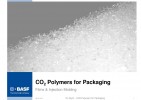
 deutsch
deutsch
 deutsch
deutsch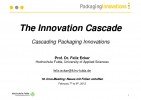
 deutsch
deutsch
 deutsch
deutsch
 deutsch
deutsch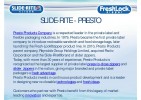
 deutsch
deutsch
 deutsch
deutsch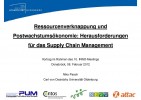
 deutsch
deutsch
 deutsch
deutsch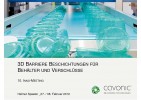
 deutsch
deutsch
 deutsch
deutsch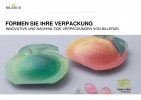
 deutsch
deutsch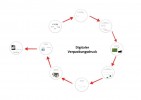
 deutsch
deutsch
 deutsch
deutsch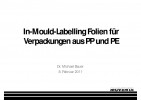
 deutsch
deutsch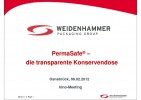
 deutsch
deutsch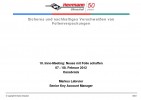
 deutsch
deutsch
 deutsch
deutsch
 deutsch
deutsch